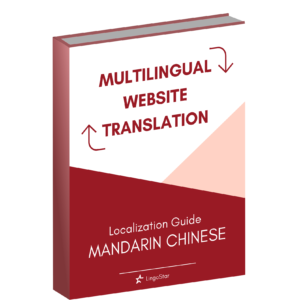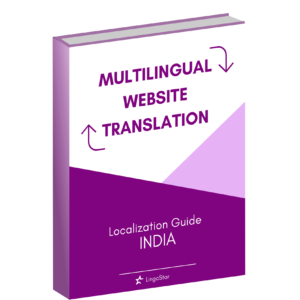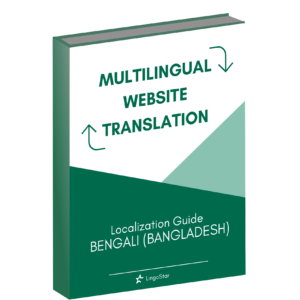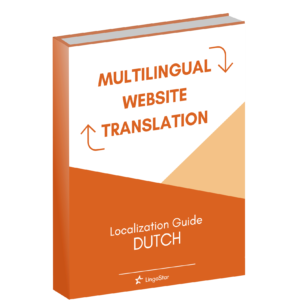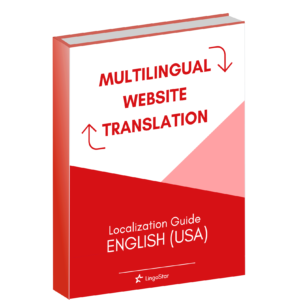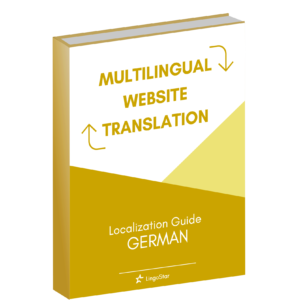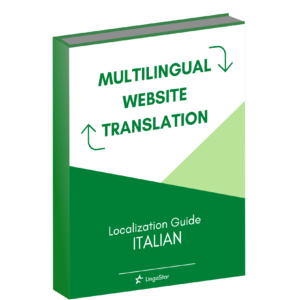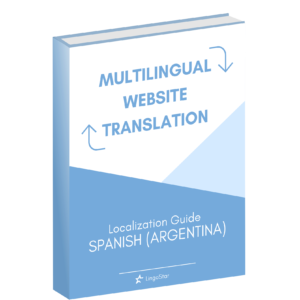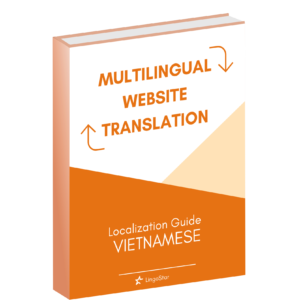Free BBC Online Learning Resources
Learning a second language is a must in some parts of the world. Not only does it break cultural barriers, but it also creates potential business opportunities. Most start learning English in school because they believe that it will help their future careers. There are different ways of learning languages, such as studying abroad, acquiring language-learning software and private or group tutoring and classes. With the rise of the Internet, it is easy to find free courses online in most languages. In this article, we are going to talk about BBC Online Free Lessons, which provides good learning resources in a variety of languages. Online Learning Resources Provided The BBC learning website provides free learning resources in 40 languages based on different subjects. However they focus mainly on Mandarin, Spanish and French, three of the most useful languages in business besides English. For each language, there are several topics that beginners can pick up easily such as introducing yourself, ordering drinks and food, and numbers, etc. Spanish Besides Spain in Europe, most Spanish speaking countries are located in South and Central America. Spanish is spoken in more than 20 countries including Mexico, Colombia, Argentina, and Peru. It is the most studied foreign language in the United States and it is not uncommon to see Spanish signs and hear Spanish spoken in most American cities. Beginners can download key phrases in an MP3 file to learn the most common spoken Spanish in daily communication such as greetings, booking hotels and meeting people, etc. In addition, they also provide holiday phrases for people who want to travel to Spanish countries...





